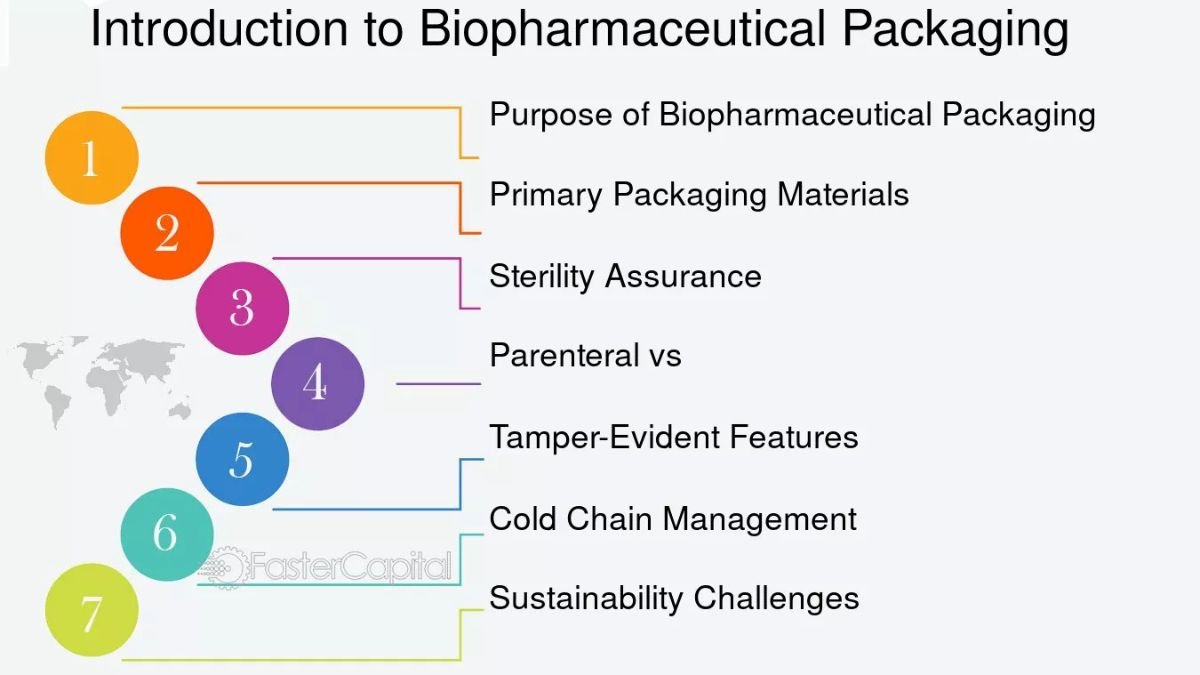The health sector around the world is constantly changing and new discoveries are coming to us. Especially when we talk about biopharmaceuticals, these medicines are completely different from traditional chemical medicines. They are made through living cells, proteins and biotechnology techniques. Their role is very important in the treatment of cancer, diabetes, autoimmune diseases and rare diseases.
But making these medicines is not an easy task. There are many challenges in their manufacturing – such as high cost, complex processes, safety standards and technical limitations. At the same time, scientists and industries around the world are also innovating to overcome these challenges. Let’s understand in detail.
What are biopharmaceuticals?
Biopharmaceutical medicines are prepared from living cells. They are also called biologics. For example –
- Insulin (for diabetes)
- Monoclonal antibodies (for cancer and immune diseases)
- Vaccines (for prevention of infectious diseases)
The specialty of these medicines is that they work directly on the root cause of the disease and provide more accurate treatment to the patient.
Complexity of production
The production of biopharmaceuticals is many times more difficult than traditional medicines.
- Here not only chemical formulas, but living cells are used.
- These cells have to be grown under controlled conditions.
- Even a slight disturbance in small things like temperature, pH value, oxygen level can affect production.
That is, this process is very sensitive and expensive.
Major challenges
(a) High cost
Billions of dollars have to be invested in the production of biopharmaceutical drugs. This is the reason why these medicines are usually very expensive in the market.
(b) Quality control
It is necessary to test every batch because a small mistake can cost the patient his life. Maintaining quality is a big challenge.
(c) Supply chain
A cold chain system is required to store and deliver these medicines, where the temperature is controlled at all times. This is a big problem in poor and developing countries.
(d) Regulations
Strict approval of FDA, EMA and other regulatory bodies has to be taken before bringing biopharmaceuticals to the market. This can take many years.
(e) Research and development (R&D)
It takes 10 to 15 years and huge expenses to develop a new medicine. Many times the research also fails.
Innovation and solutions
Despite the challenges, the industry and scientists are constantly working on new technologies.
(a) Single-Use Technology
Earlier bioreactors were made of steel, which had to be cleaned repeatedly. Now single-use plastic bioreactors are being used, which can be thrown away after one use. This reduces both cost and time.
(b) Digital and Artificial Intelligence
The production process is being made smarter and safer by using AI and data analytics. Machines can predict in advance where problems may arise.
(c) Gene Editing and CRISPR
New technologies such as CRISPR are helping scientists create better cells, making medicines more effective and cheaper.
(d) Continuous Manufacturing
Where earlier there was batch-to-batch production, now continuous manufacturing systems are coming. This allows medicines to be made faster and on a large scale.
(e) Green Bioprocessing
Industries are moving towards sustainable technologies such as the use of renewable energy and reducing waste to reduce environmental impact.
Global importance
Biopharmaceuticals are not only the future of medical science, but are also essential for global health security.
The rapid discovery and production of vaccines during the COVID-19 pandemic has proved its importance.
In the coming times, their role in the treatment of cancer, Alzheimer’s and rare diseases will increase further.
India and the biopharmaceutical industry
India is also moving ahead rapidly in this field.
India has become the world’s “hub” in vaccine production.
Many Indian companies such as Biocon, Serum Institute and Dr. Reddy are making a big contribution in this field.
The government is also promoting it with schemes like “Make in India” and Biotech Park.
Future Prospects
Personalized Medicine: Medicines will be prepared according to the genes and body needs of each patient.
3D Printing of Medicine: In the future, medicines can be printed from a printer and reach the patient.
Digital Twins: A virtual model of the entire bioreactor will be created on the computer and tested beforehand.
Conclusion
Biopharmaceutical manufacturing is a revolution in the health sector. There are many challenges in it – such as high cost, complex processes and quality control. But thanks to innovations, these challenges are being overcome. In the coming times, this technology will not only change the treatment of diseases, but will also provide better and cheaper health solutions to people around the world.
